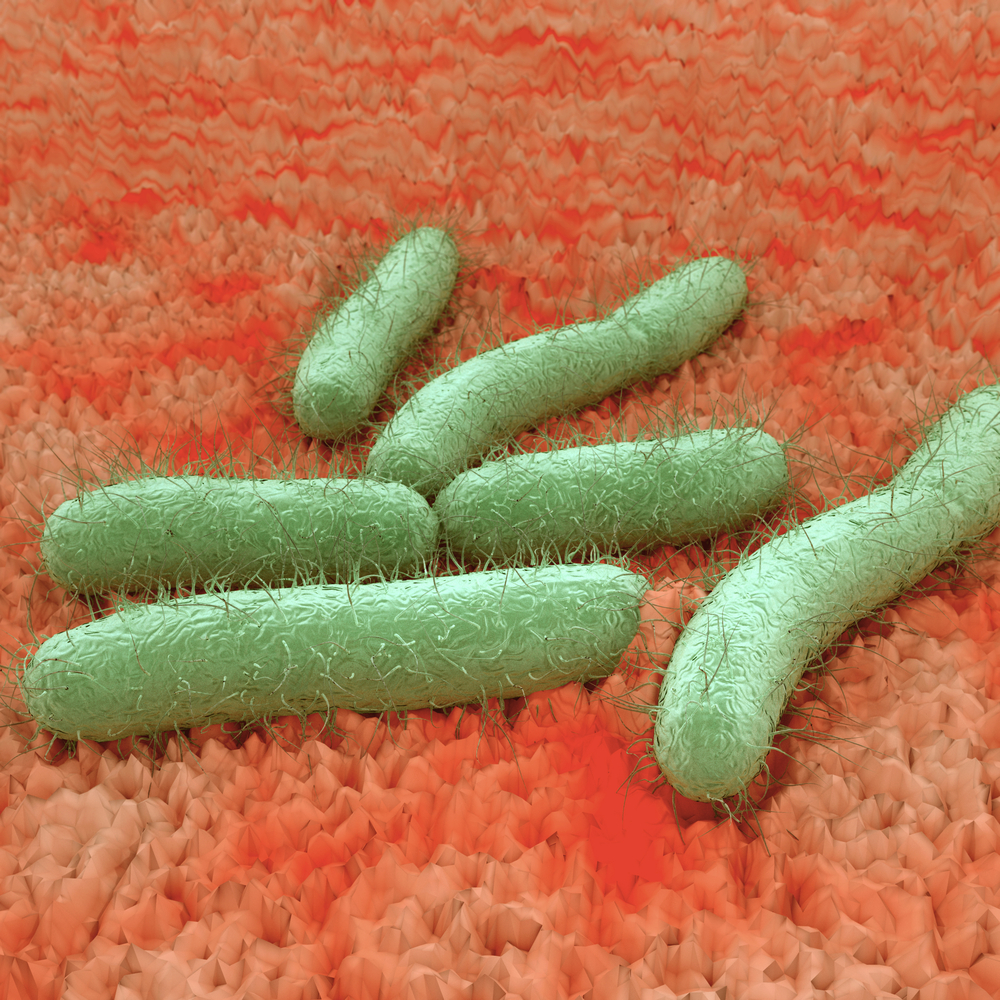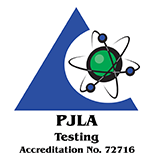Background: Of the hundreds of strains of Escherichia coli (E. coli), most are harmless and many can be found in the gastrointestinal tract of healthy humans. However, some Shiga toxin-producing E. coli – or STEC – can cause foodborne illness with serious medical complications and even death. Although anyone can become infected by consuming food or water contaminated with pathogenic STEC, the very young and the elderly are at greater risk of developing serious, life-threatening illness, such as hemolytic uremic syndrome (HUS). The U.S. Centers for Disease Control (CDC) estimates 265,000 STEC infections occur annually in the United States.
E. coli O157:H7 (also called O157 STEC) was first identified as a pathogen in 1982. It is the most commonly identified STEC in North America. Typically associated with ruminant animals, the pathogen can also be transported by birds and other hosts to farm environments. Focus and interventions by the food industry are helping to reduce infection rates from this organism.
However, there is a growing concern about the increasing number of illnesses linked to non-O157 STEC. In fact, the CDC now estimates that 64% of foodborne infections from Shiga toxin-producing E. coli are caused by non-O157 serotypes. Advances in rapid detection methods help provide for better identification of non-O157 STEC and the virulence factors associated with illness. The U.S. Department of Agriculture (USDA) has classified six non-O157 STEC serogroups (E. coli O26, O103, O45, O111, O121 and O145) as adulterants in non-intact beef and trim.
The BAX System uses DNA-based technology to provide next-day results that are reliable and reproducible, allowing food producers and processors to quickly and accurately release safe products to the market.
Method
Equipment
Turn Around Time
Sample Required
Type of Test
Reportable Units
Detection Limit
Related Resources
AOAC 091301, USDA FSIS MLG 5B.05 BAX Real-Time PCR
BAX System
1 Business Day
25g or 65g or 375 g or Swab
Qualitative Pathogen Analysis
Negative or Positive per 25g or 65g or 375g or swab analyzed
One Viable Cell per 25 or 65g or 375g or swab analyzed
Link FDA Bad Bug Book Version 1 – Escherichia coli O157:H7 enterohemorrhagic (EHEC)
PDF FDA Bad Bug Book Version 2 – Enterohemorrhagic Escherichia coli (EHEC)
PDF FDA Bad Bug Book Versin 2 – Pathogenic Escherichia coli Group
Analysis Description: This is a Qualitative analysis, this test will detect if only one E. coli O157:H7 cell is present, therefore resulting in a Negative or Positive result. This assay does not tell you how much of the pathogen is present.
Standard sample sizes are one swab, 25g, 65g or 375g. Representative sample portions are collected from sample submitted, mixed with highly selective enrichment media and incubated at 42°C for 8 to 12 hours minimum (depending on sample size). After incubation, cells from the sample enrichment are broken open to expose their DNA, which, if the target virulence genes stx and eae are present, will be copied thousands of times, allowing for detection via the BAX Real-Time PCR screening assay. A second panel assay is used to determine if any samples positive for the screen contain any of the top six non-O157 serogroups, and also identifies which ones are present.
Customers desiring cultural confirmation of positive pathogen enrichments must request so within 24 hours of MBL reporting the positive pathogen result.


